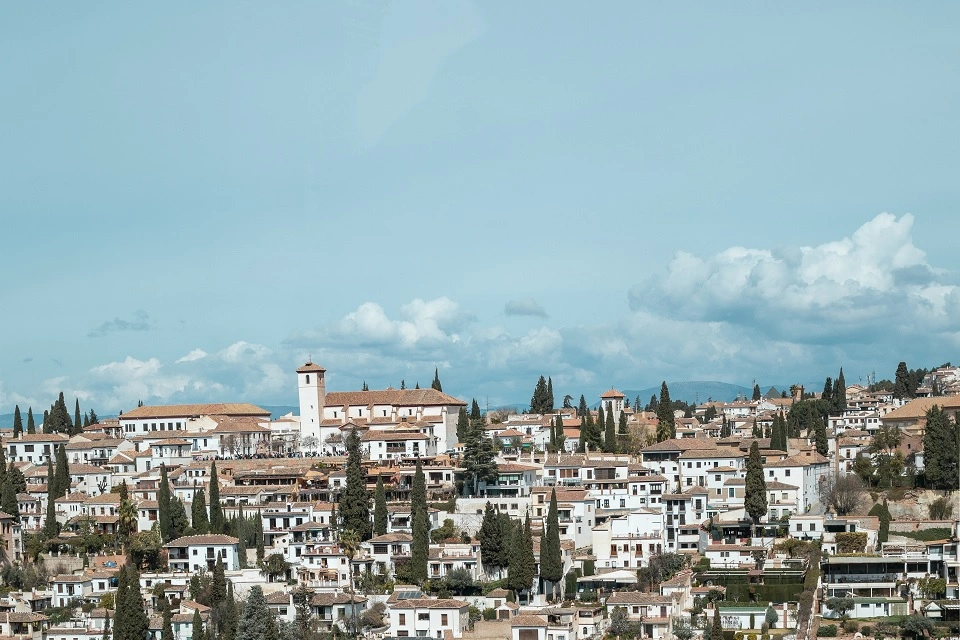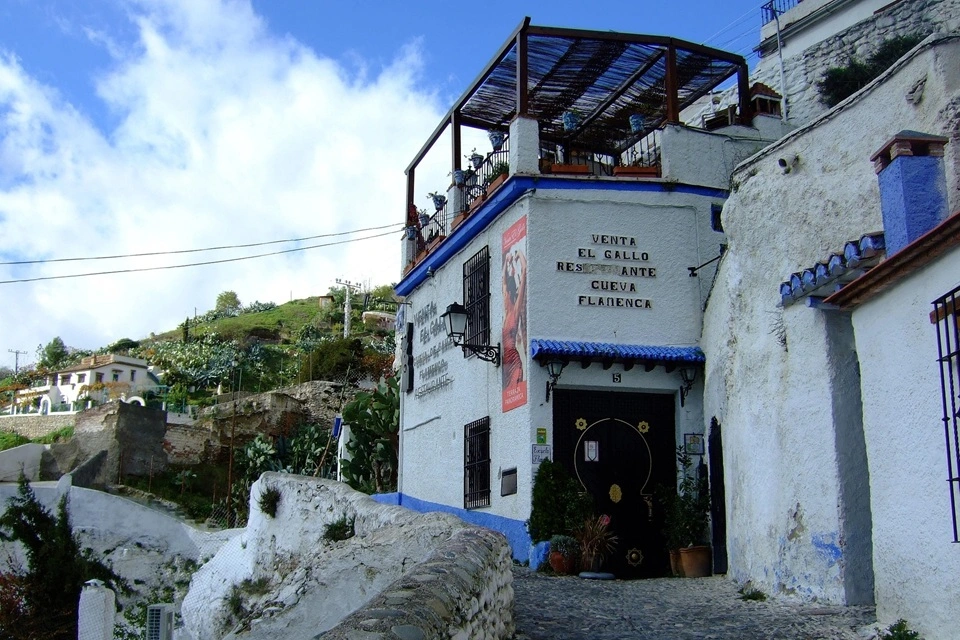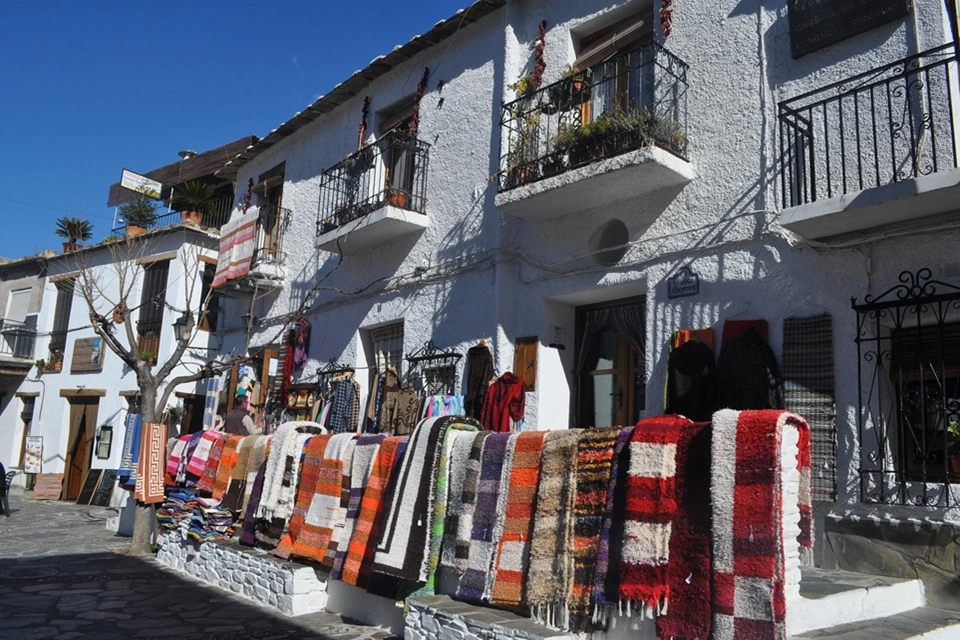El Albaicín, Granada’s enchanting Arabic quarter, is a vivid witness to the rich history and cultural heritage of this Spanish city. Located on a hill opposite the world-famous Alhambra Palace, El Albaicín is steeped in Moorish influences and exudes a unique charm that transports visitors back to an era of magnificent architecture and artistic flourishing.
History of El Albaicín
Quarter El Albaicín has a rich history dating back to the Moorish rule of Spain. It was originally an independent city, founded by the Zirid dynasty in the 11th century. Under the rule of the Nasrids dynasty, El Albaicín grew into a thriving city centre with narrow streets, squares and whitewashed houses with intricate tilework details.
After the Christian reconquest of Granada in 1492, El Albaicín retained much of its original character, although Christian influences were added over the centuries. Today, El Albaicín is a UNESCO World Heritage Site and is one of Granada’s most visited and beloved neighbourhoods.
Architecture and Sights
Mirador de San Nicolás. An absolute must-visit in El Albaicín is the Mirador de San Nicolás. From this vantage point you have breathtaking views of the Alhambra, with the Sierra Nevada in the background. Especially at sunset, the sky turns into a palette of warm colours, making this one of the most romantic spots in Granada.
Carrera del Darro. Stroll along Carrera del Darro, a picturesque street along the river Darro. Here you will find traditional houses with hanging balconies, old bridges and charming squares. The street is dotted with cosy cafés and boutiques, making it an excellent place to enjoy the atmosphere of El Albaicín.
Plaza Nueva. Although Plaza Nueva does not have Arabic origins, it marks the beginning of the El Albaicín district and is a central meeting place. Surrounded by historic buildings, restaurants and shops, this square offers a lively atmosphere, especially at night when the lights enchant the surroundings.
Aljibe del Rey. Delve into the history of what was once one of the most important water repositories. The Aljibe del Rey, or the Cistern of the King, is an impressive medieval water reservoir. It is an architectural gem with a striking domed ceiling and Arabic inscriptions that show the ingenuity of Moorish engineering.
Corral del Carbón. This is the only remaining Nasrid trade building in Spain. Corral del Carbón once served as an inn and warehouse for traders visiting the city. Admire the detailed decorations and architectural elements that testify to Granada’s prosperous past.
Cultural Experiences in El Albaicín
Flamenco in Sacromonte. Just on the outskirts of El Albaicín is the district of Sacromonte, known for its cave houses and flamenco shows. Visiting one of the flamenco blas in Sacromonte is a cultural experience not to be missed. The passion and energy of this traditional Spanish art form are intense and moving.
Arab Baths. To fully appreciate the Moorish influences in El Albaicín, visit one of the Arab baths nearby. These bathhouses are beautifully restored and offer a relaxing atmosphere where you can enjoy the tranquillity and architectural splendour.
Tapas tasting. Granada is known for its tapas culture, and El Albaicín is no exception. Stroll through the narrow streets and discover local bars offering free tapas with your drink. This is a great way to sample the local cuisine while enjoying the neighbourhood’s cosy atmosphere.
Tips for visitors to El Albaicín
Comfortable Shoes. El Albaicín’s streets are cobbled and hilly. Comfortable shoes are therefore a must for exploring this enchanting district.
Sunscreen. If you plan to visit the Mirador de San Nicolás or just wander the narrow streets, don’t forget to protect yourself from the Spanish sun.
Camera. Quarter El Albaicín offers countless photo opportunities. So be sure not to forget your camera to capture the beautiful views, architecture and atmosphere.
Taking time. Let yourself get lost in the narrow alleys and discover the hidden corners of El Albaicín. Take your time to fully absorb its culture and history.
El Albaicín is not only a historic quarter, but also a vibrant community with a unique character. It is a place where the past merges with the present, and where every stone seems to tell a story. A visit to this enchanting Arabic quarter of Granada is a journey through time. An unforgettable experience for anyone looking for beauty, history and culture.


